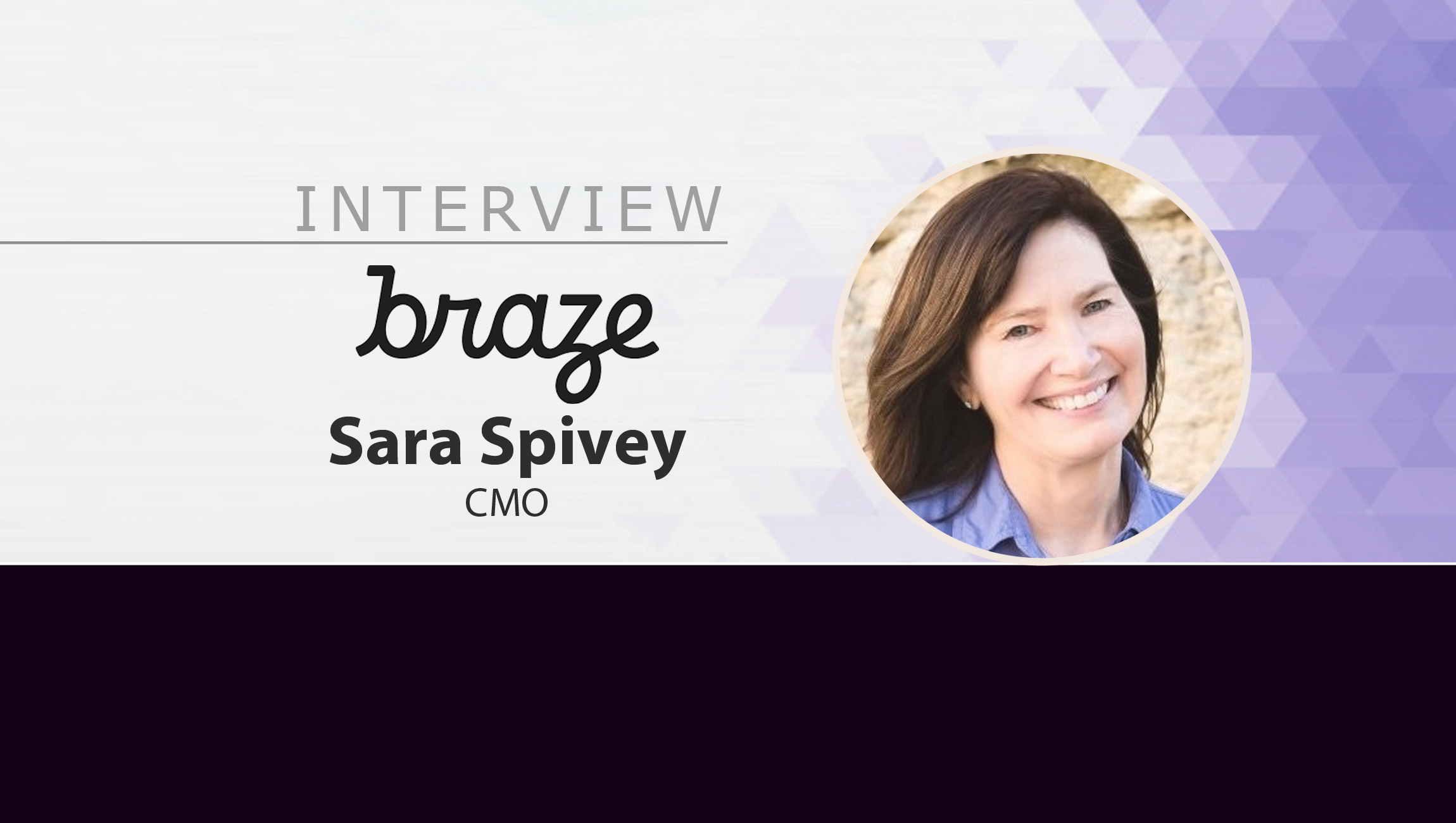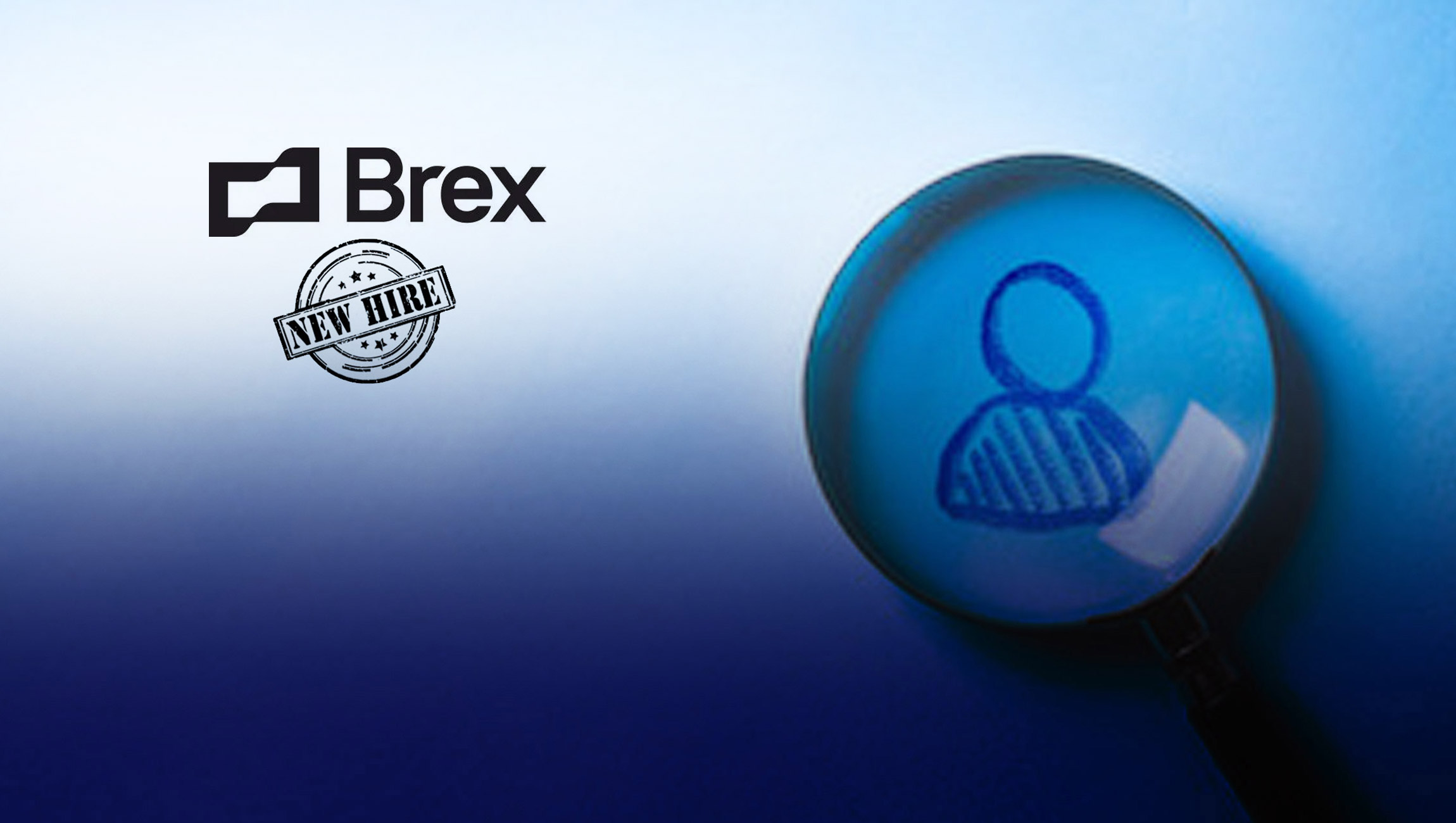Sara Spivey, CMO at Braze chats about a few ways for B2B marketers to drive customer retention initiatives in this quick conversation with MarTech Series: ______ After graduating from business school, I started my career in tech as a product manager before transitioning into marketing. My first role in martech was in 2008 and I was really keen to market and sell a product that I would actually use. As a marketer, I think having the customer’s perspective any time you are selling something is critical to how well you do your job. At Braze, I strategically lead our global marketing team. Now is a really exciting time to be part of the martech industry as the space is fast-paced and constantly changing. Over the past year and a half, Braze has been disciplined in our approach to building our business with an eye on the long term and aligning what we do with what our customers need. This past June, Braze surpassed $200 million annual recurring revenue (ARR). We’ve also been fortunate to hire more than 350 employees during the past year, now totaling over 900 employees worldwide. Marketing Technology News: MarTech Interview with Paul Ross, VP of Marketing at Affinity One of the biggest trends is around how brands can build stronger direct relationships with their customers to fuel growth. The past year and a half has demonstrated the importance of having direct relationships with your customers, as changes in consumer priorities caused rapid shifts in behavior. The pandemic only accelerated the need for brands to focus on their customer engagement strategies in order to build loyalty and retention, which is the catalyst for growth. Loyalty and retention are the key to long-term success and marketers need to view retention as their growth strategy. As brand loyalty wanes, customers now seek new brands and services that fit into their re imagined routines, or “next normal.” In addition, the tightening of privacy controls has greatly increased the cost of user acquisition. Brands need to double down on direct relationships with their customers in order to stay relevant in consumers’ lives and also to stay in business. Building loyalty begins at the moment of onboarding and continues through the whole customer lifecycle. Every touchpoint of your brand experience must be personalized and provide value to the customer in order to build the strong relationship that keeps them loyal over time. Sustainable growth is built on customer retention. Brands that engage customers on a regular, consistent basis tend to see higher retention than ones that don’t. Driving that kind of engagement can take significant work but it also provides your brand with a major competitive advantage and supports your marketing efforts over the long haul. An example of this is how Canva leveraged Braze to send localized, engaging emails which achieved a 33% uplift in open rates and a 2.5% increase in engagement. One way to drive better retention is to take advantage of cross-channel messaging to highlight new products, features, and services and the value they provide for your users. Consider triggering messages when someone takes an action or views a product that suggests that your latest offering would be a good fit for them. The more of your features or services a customer uses, the harder it will be for them to leave your brand. Our Braze Inspiration Guide data shows that consumers spend 20% more if they receive cross-channel campaigns that use both in-product (e.g., in-app messages) and out-of-product (e.g., email) channels. Marketing Technology News: MarTech Interview with Eddie Porrello, Director of Product at Amber Engine Marketers can easily get bogged down in the weeds, but at the end of the day, we’re here to provide a service to our customers. It’s crucial for any marketer, and every business, to put their customers at the center of everything they do. Each interaction with your customer is a chance to surprise and delight — and also to disappoint. Personalization is key to building loyalty. Just because you’ve acquired a customer doesn’t mean that particular person is primed to make effective use of the products or services your brand offers. Brands need to leverage first-party data to create personalized messaging campaigns that successfully activate customers by understanding their goals and motivations. Brands can optimize campaigns for better output and performance by using that valuable first-party data to create cross-channel engagement strategies. Your customers don’t live their lives on a single channel, so neither should your brand. Our data shows that messaging customers on two channels can result in a 73% increase in likelihood of making a purchase and a 4.2X increase in lifetime value (LTV). Brands should also provide transparency and highlight your value proposition by explaining to customers why you want their first-party data and how you plan to use it to improve their experience. Practice data minimization, collecting only what’s most relevant. When used responsibly, messages personalized with nuanced first-party data result in higher engagement, stronger monetization, and better retention. Showing customers that you understand and respect their context is what will build trust and loyalty, and that means retention and growth. It’s more important than ever to put your customers at the center of everything your brand does. This includes prioritizing privacy and being transparent with customers about how this data will be used to provide a more personalized experience. Marketers must be future-proofing their businesses by shifting away from reliance on third-party data and instead focusing on earning the rich first-party data that will enhance the brand experience for customers. Invest in your customers’ loyalty and lifetime value instead of throwing money at buying access through other platforms. Shift your strategy now before the shifting ecosystem forces the fix on you. Today’s brands are entering a new era of customer engagement. The rise of new marketing technologies, platforms, and channels have made digital messaging essential to modern marketing. But there’s a lot of hype and noise. To help marketers create more sophisticated brand experiences that achieve business goals, we’ve compiled 40+ impactful campaign use cases that outline different tactics. Our Braze Inspiration Guide shares strategies that can help brands effectively activate, monetize, and retain their customers. Marketing Technology News: MarTech Interview with Damien Mahoney, Co-founder and CEO at Stackla Sara Spivey is the CMO at Braze
Welcome to this MarTech Series chat. Sara, we’d love to hear more on your marketing journey through the years and more about your role as CMO at Braze?
What are some of the biggest B2B and B2C trends that you’ve been following in the recent months, and in what ways are you seeing the effects of the global pandemic change the way marketers across these segments change their core processes?
Most marketers pay attention to new customer acquisition strategies, not enough of them focus on the customer retention bit – in your view, what can marketers do more of to create this connection and bridge the gap?
What are some of the best ways for B2B marketers to drive better retention practices? What kind of marketing technologies in your view can help support these initiatives better?
A few best practices you’d share when it comes to customizing campaigns for better output and performance? What are some common challenges you see marketers faced with here?
What are some immediate thoughts you’d like to highlight surrounding the future of B2B marketing and of course, martech?
Some last thoughts and takeaways?
 Braze is a comprehensive customer engagement platform that powers relevant and memorable experiences between consumers and the brands they love.
Braze is a comprehensive customer engagement platform that powers relevant and memorable experiences between consumers and the brands they love.
Catch more on marketing and sales and martech-salestech best practices with our latest chats on The SalesStar Podcast
Episode 94: Getting Smarter About Your Choice Of Martech And SalesTech: With Yoni Tserruya, Co-Founder & CEO At Lusha
Episode 93: How Do You Build An Impactful Customer Success Model: With Daljit Bamford, Tenth Revolution Group
Episode 92: B2B Marketing Learnings And Martech Tips With Jon Perera, CMO At HighSpot











